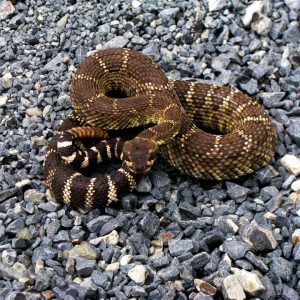Osteoarthritis in dogs is also known as degenerative joint disease (DJD). It is defined as progressive and permanent long term deterioration of the cartilage surrounding joints. Cartilage acts as a cushion for joints. When it is worn away, the result is pain associated with the affected joint. Symptoms of DJD vary. The dog may show...
Valley Fever
Dogs, like people are susceptible to Valley Fever. Valley Fever is caused by a fungus that lives in the desert soil of the southwest United States. The fungus is Coccidioides, so Valley Fever is also known as Coccidiomycosis. Dogs (and people) acquire Valley Fever by inhaling fungal spores in the dust. Sometimes the immune system...
Colorado River Toad
Dogs are natural predators. It is common for dogs to chase toads and put them in their mouths. The Colorado River Toad is the Arizona species that causes problems for our dogs. When the toad is stressed or threatened, it secretes a substance through the skin that is toxic. The toxin itself is similar to...
Rattlesnake
Rattlesnakes are most active in Arizona in the warmer months. They usually come out some time in March and hibernate starting in November. Of course, it is totally dependent on the weather. Dogs are 20 times more likely than humans to be struck by a rattlesnake and 25 times more likely to die from the...
Heat Stroke
Heat stroke is an elevation in body temperature to a level beyond which the body’s cooling mechanisms are able to return the temperature to the normal range. Dogs do not have very efficient cooling mechanisms. They are able to release heat mostly through panting and to a lesser extent from foot pad sweating. They cannot...






